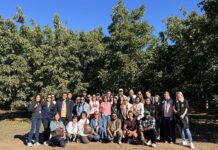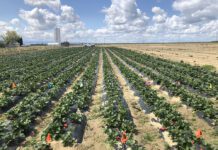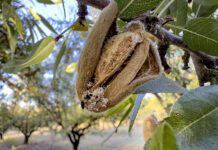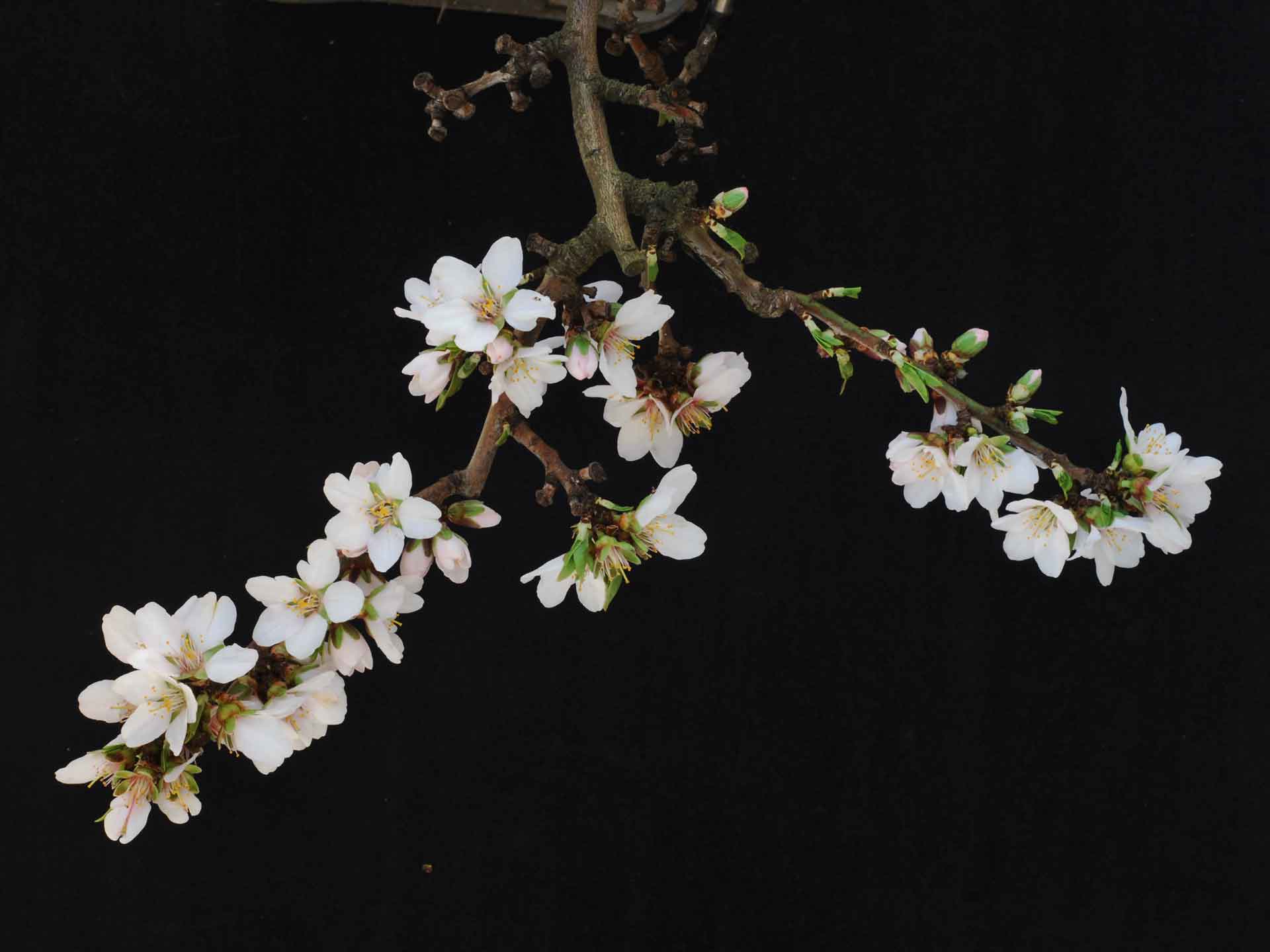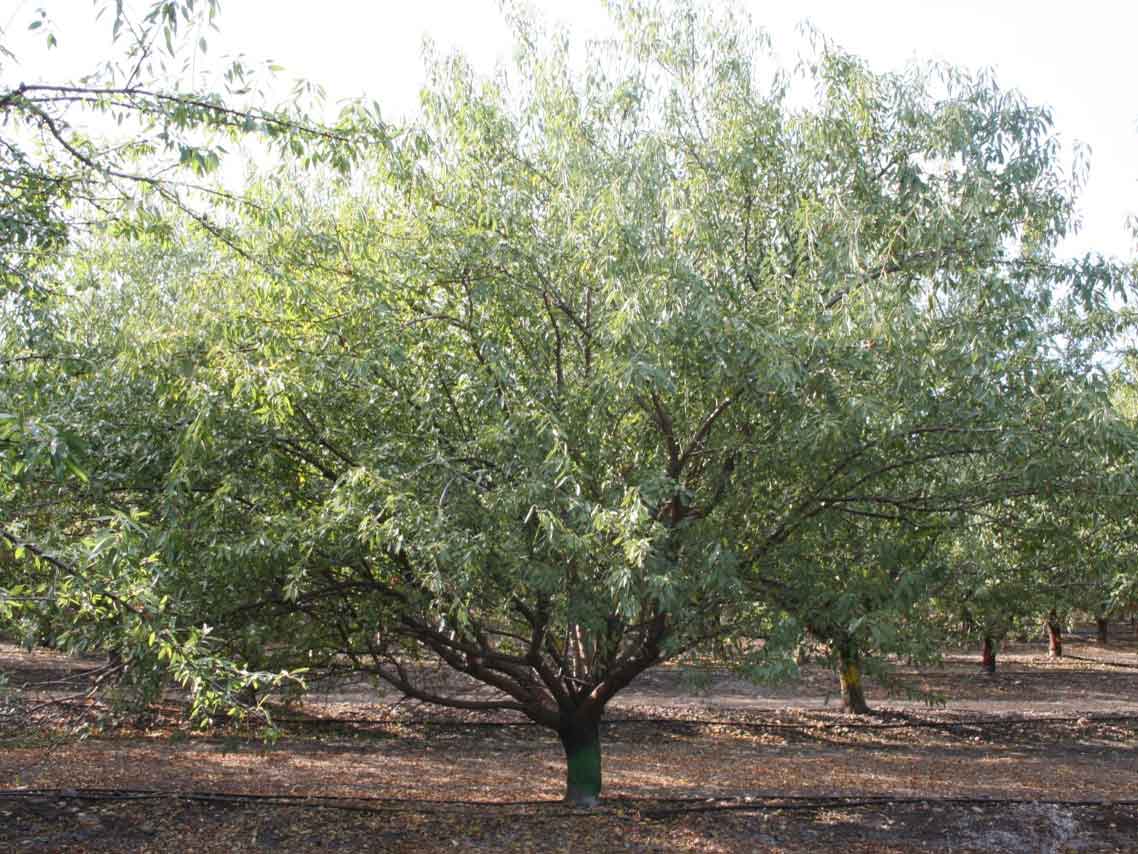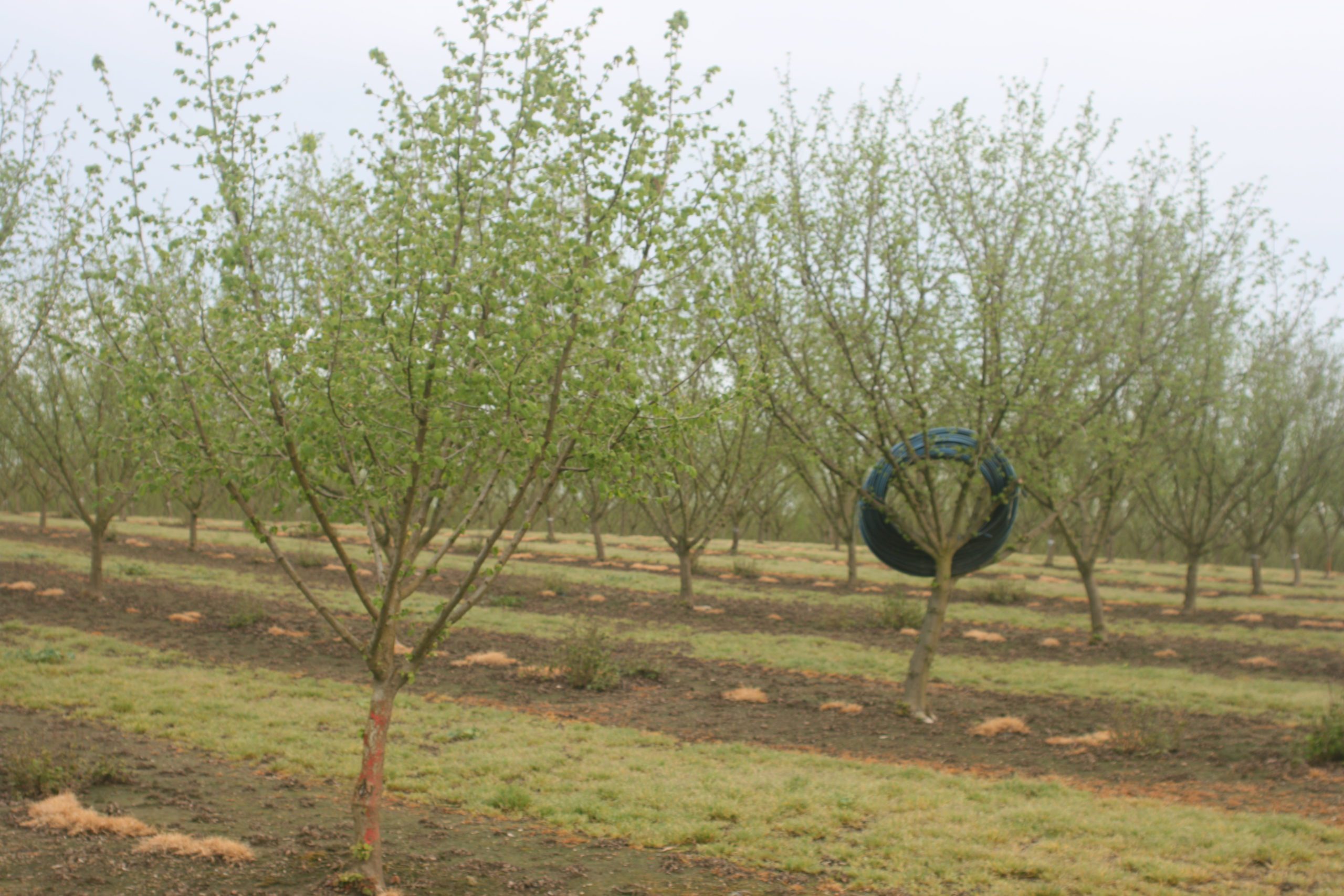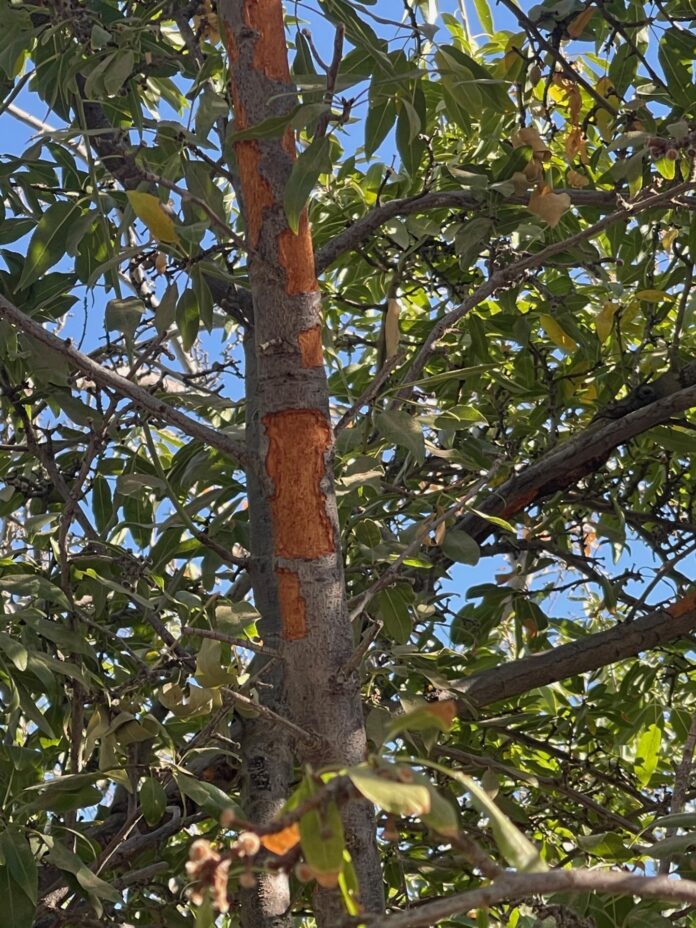
Growers in multiple Central Valley counties are reporting increased rodent damage in orchards, particularly in almonds, pistachios and citrus, raising concerns about potential impacts on crops and profitability. Recent trapping efforts by CDFA revealed elevated rat and mouse populations, particularly in Fresno and Merced counties, but growers further south and north are also reporting damage.
A recent CDFA report estimates rodent damage has cost the almond industry $100 million to $300 million in irrigation repairs, yield loss and equipment damage. Western Tree Nut Association estimates severe irrigation repairs alone can range from $1,000 to $3,000 per acre due to destroyed hoses, pumps and wiring. Leaks have led to uneven irrigation, tree stress and reduced yields. Equipment damage is also costly, with tractor repairs for rodent-chewed wiring averaging $10,000 per tractor.
Biologists believe changing environmental conditions may be contributing to the issue, and researchers are working to develop effective strategies to control the problem, which has huge implications on tree health.
“The most problematic damage is the girdling that occurs up in the trees where they feed on the bark,” said Roger Baldwin, UCCE wildlife specialist in the Dept. of Wildlife, Fish and Conservation Biology at UC Davis. “Chewing all the way around branches leads to mortality of that branch, and you’re losing production for the life of that tree.”
He said rodents also consume large amounts of fruit and nuts and pose food safety risks by contaminating crops.
What’s Causing the Rodent Surge?
The reasons behind the dramatic increase in rodent activity are not entirely clear, but Baldwin pointed to several possible factors.
“We had two above-average rainfall years, and possibly that created better growing conditions for rats,” he said.
Another factor could be regulatory changes that have forced growers and applicators to explore alternative treatment and prevention methods. Recent restrictions on aluminum phosphide fumigation, for example, now require additional certifications, making it more challenging for growers to use this method effectively.
“A lot of people didn’t really know about this until later, and so they didn’t get the necessary certification and therefore did not utilize aluminum phosphide like they normally would,” Baldwin said.
However, he said there isn’t one single explanation for the explosion in rodent populations.
“It seems unlikely that just one of these factors would cause this dramatic increase, but when you combine them together, that might be the most realistic answer,” he said.

A Struggle to Keep Up
Since rat populations became a bigger concern in recent months, growers across western Fresno County have reported destroyed irrigation systems, extensive tree damage and significant crop losses, said Roger Isom, President and CEO of Western Tree Nut Association.
“I got a call back in November,” Isom said. “A grower on the westside called and says, ‘Hey, I’ve got rats. They’ve destroyed my entire irrigation system.’ And frankly, I didn’t believe it.”
But when Isom visited the orchard, he was stunned to find entire irrigation systems in ruins, with chewed-through drip hoses and missing chunks, rendering the system completely unusable.
“I went out there, went to the first row of drip hose, and it was absolutely decimated. I thought, ‘No, that’s not rats, this is coyotes or something,’” he said.
As Isom walked into other rows, he saw every section of hose and every row was not just bitten into, showing visible holes, but had been eaten all the way through.
“It was missing chunks and everything, you couldn’t irrigate one foot of that orchard,” he said.
Growers have also reported rodents chewing through fertilizer tubing, filter station lines and even vehicle wiring. Isom said tree damage has been particularly concerning, noting the extensive debarking he witnessed and questioning whether it stopped there or also impacted new growth for the coming season.
One grower’s huller report highlighted the severity of the losses.
“The year prior? 4000 pounds per acre,” Isom said. “This year? 900 pounds.”
He said the issue isn’t limited to fields, adding that rodents are expanding beyond orchards, damaging farm equipment and even infesting portable restrooms.
The situation is a wake-up call for the industry, Isom added, as it far surpasses anything previously experienced. He said finding a sustainable solution must be a top priority.
“We just did’nt recognize the problem,” he said. “By the time we realized what was happening, it was already too late.”
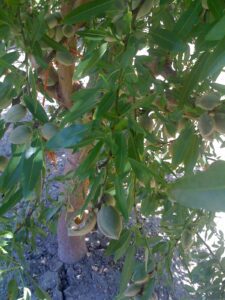
Best Practices for Rodent Control
Baldwin said an integrated pest management approach is key to controlling rodent populations effectively, and when rat population densities are high, rodenticide applications can be a good initial step.
“An efficacious and cost-effective strategy to knock down high-density populations is to use a bait application,” Baldwin said.
He recommends using elevated bait stations at least five feet off the ground with a diphacinone-based bait at 0.005%. Trapping also plays a critical role in long-term control, but he suggests a specific method to prevent unintentionally harming other animals.
“We’ve found snap trapping inside trapping tunnels works well,” Baldwin explained. “If you just put snap traps all over the place, you may end up catching a lot of birds, which we don’t really want. These trapping tunnels prevent that.”
Fumigation is another potential strategy, though it has limitations. “Particularly with aluminum phosphide, when you have high soil moisture, I don’t have any data on efficacy, but my guess is it probably works relatively well,” he said.
Barn owls can also help manage populations, though Baldwin cautioned their effectiveness may depend on the orchard type. He noted they may be more effective in tree nut orchards but less so in citrus, where dense tree canopies provide too much cover for rodents, making it harder for the owls to hunt them.
“Barn owls do eat rats,” he said. “It might help maintain populations at a relatively low density, but probably not going to knock down a substantial population.”
Growers also need to monitor and track rodent activity to act before populations become unmanageable, Baldwin explained. A substantial uptick in activity is a good indication additional management actions might be needed.
Baldwin is currently working on a peer-reviewed UC publication that will outline best practices in greater detail. Until then, he encourages growers to stay proactive.
“Once you knock down the population, it’s all about intercepting reinvaders and keeping numbers low over time,” he said. “The growers who stay on top of it are the ones who will avoid major losses in the long run.”

Kristin Platts | Digital Content Editor and Social Correspondence
Kristin Platts is a multimedia journalist and digital content writer with a B.A. in Creative Media from California State University, Stanislaus. She produces stories on California agriculture through video, podcasts, and digital articles, and provides in-depth reporting on tree nuts, pest management, and crop production for West Coast Nut magazine. Based in Modesto, California, Kristin is passionate about sharing field-driven insights and connecting growers with trusted information.






